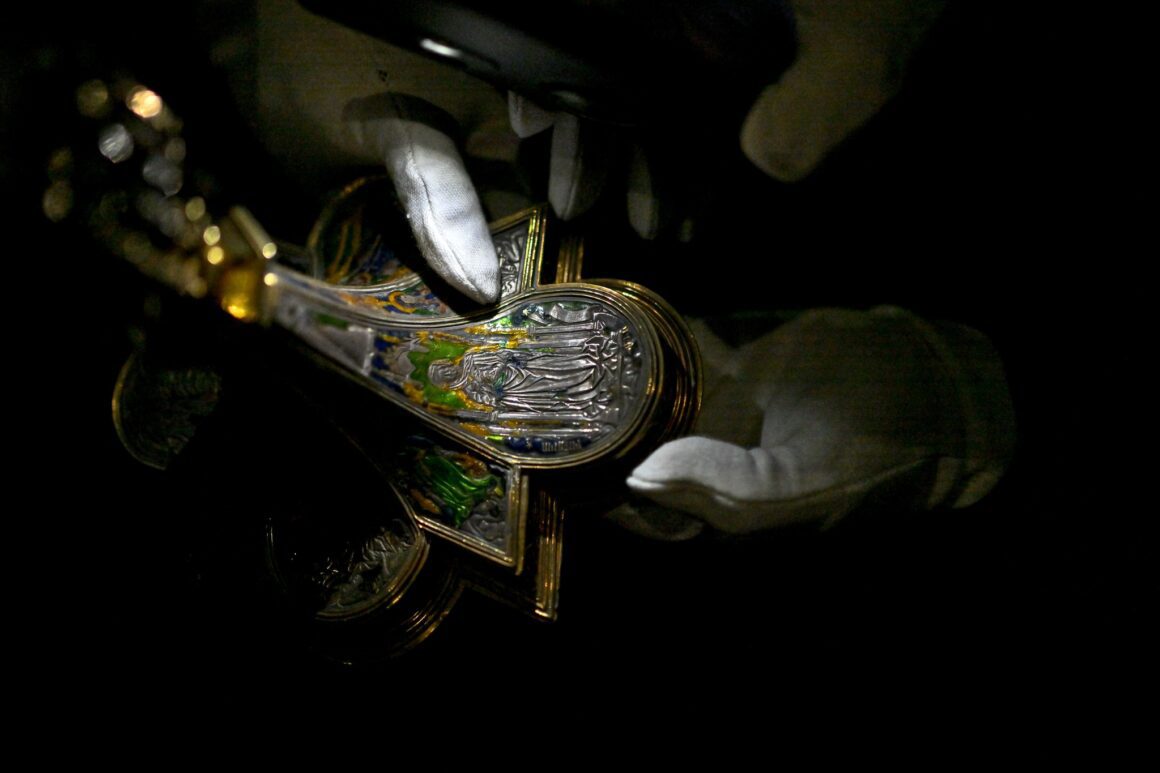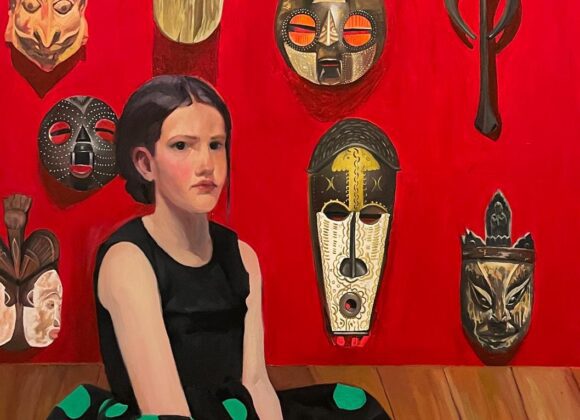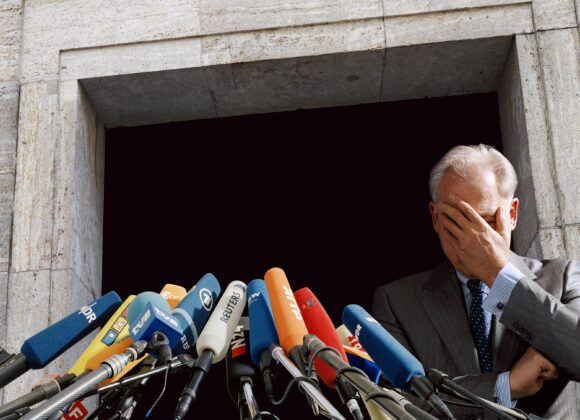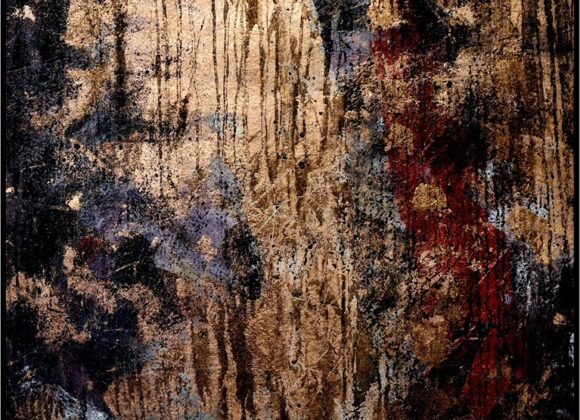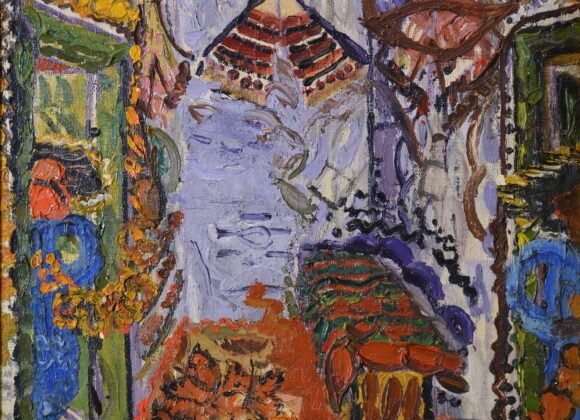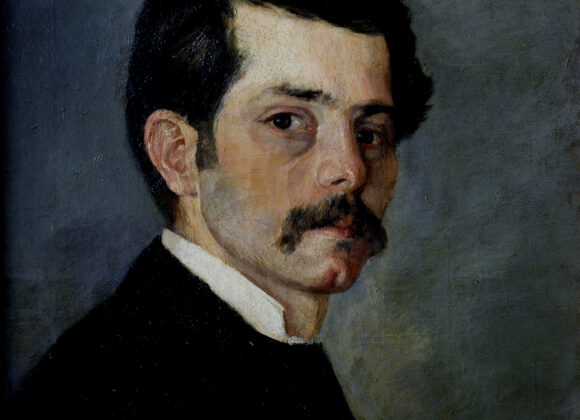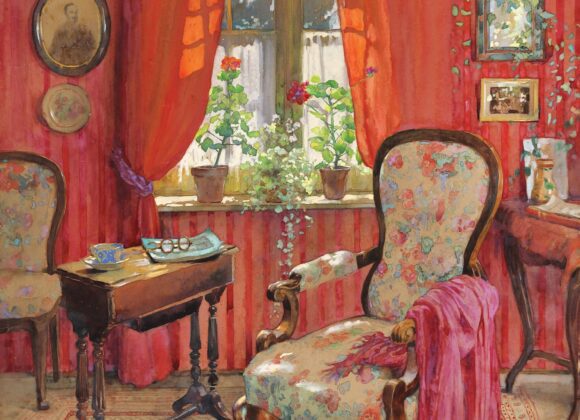Gold of Treasure
From Brukenthal to Art Safari!
June 27 - July 28
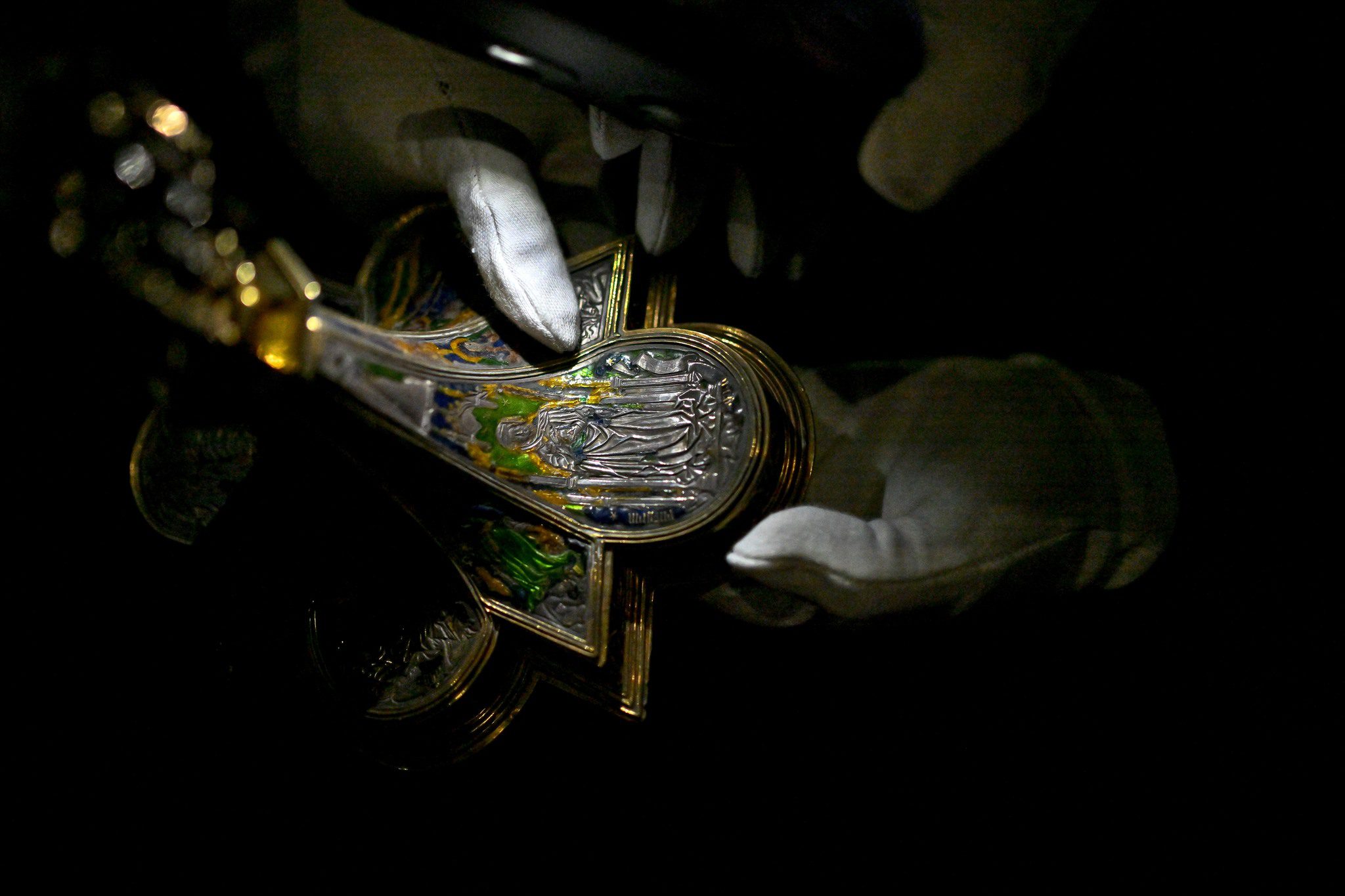
The gold of Brukenthal is displayed for the first time in Bucharest! The famous museum of Sibiu brings an extraordinary collection of prehistoric, Roman and mediaeval pieces of gold, gilded silver and precious stones, jewellery and cult objects made by the goldsmiths of Sibiu – pieces which shine thanks to the complexity of the techniques used and to the beauty of the decorative motifs.
Starting from the late 19th century, Brukenthal National Museum has built up a treasure trove of precious metalwork – liturgical and everyday silverware, ornaments and jewellery. At the heart of this collection lies the Numismatic Cabinet of Baron Samuel von Brukenthal, housed in his palace in the Grand Square.
At the same time, the goldsmiths’ collection (“Treasury”) was formed and enriched through donations or purchases from evangelical churches, guilds, jewellers-collectors, private owners or through archaeological discoveries. The most important part of the “Treasury” is the collection of liturgical silverware – one of the richest and most valuable in Central and Eastern Europe –, most of the pieces representing works by silversmiths from Sibiu, which are considered masterpieces of the art of precious metal working in Transylvania.
To these are added pieces from older or newer archaeological research, metal detecting and, more rarely, acquisitions – at least in the last 50 years.
A coin from Brukenthal, the focus of British researchers
The Gold of Brukenthal exhibition, curated by Alexandru Constantin Chituță, manager of the Brukenthal National Museum, brings for the first time in Bucharest works from the treasury of the “Altemberger House” History Museum within the famous museum of Sibiu. Prehistoric gold pieces, Roman pieces (jewellery and coins), early mediaeval pieces (from the 6th and 7th centuries), gold coins minted in Sibiu, gemstone rings, Transylvanian Saxon ornaments and cult objects made by the guild of goldsmiths in Sibiu will be exhibited at Art Safari.
The exceptional pieces on display include the relic cross of Cisnădie, made around 1440 (the most spectacular piece of Transylvanian cult silverware, commissioned by the Roman Catholic Church of Cisnădie), the coconut chalice from 1650, the rhinoceros horn cup from 1694, the 17th-century maiden cup, the lidded mug made by the craftsman Sebastian Hann in 1682, the Marienheftel-type buckle with Virgin Mary, from the 16th century, and countless other pieces.
However, one of the most interesting exhibits, of remarkable historical importance, is the Sponsianus coin – a rare coin researched by University College London. The British claim that an emperor called Sponsian ruled the Roman Dacia, a conclusion they reached by analysing the piece that comes from a hoard discovered in Transylvania in 1713.
The world-famous goldsmiths of Sibiu
Documented as early as 1191, Sibiu was, in mediaeval times, one of the most important cities in Central and Eastern Europe. The goldsmiths’ guild in Sibiu had a long and flourishing history, the city becoming one of the most important gold and silver processing centres of the time. In the second half of the 14th century, the goldsmiths of Sibiu held various political and administrative positions.
In addition to the orders received by the goldsmiths for cult objects, requests for the execution of ornaments must have been increasingly numerous. The Transylvanian Saxon town fashion highly valued certain specific accessories: hairpins, buckles, cords, etc.
During the reign of King Matthias Corvinus, a great art enthusiast, the silverworks of Sibiu were in great demand and the craft experienced an extraordinary development. When the King came to Sibiu at the head of his army to suppress the uprising of the nobility, the reconciliation consisted primarily of silverware, long fur cloaks, food and other goods.
The fame of the goldsmiths of Sibiu brought them numerous orders from across the mountains too. We know of the one in 1492 from the Lord of Wallachia – Vlad the Monk. A wonderful altar cross was also made in Sibiu, commissioned by the ruler Alexandru Lăpușneanu. In addition, at Constantin Brâncoveanu’s order, the goldsmiths of Sibiu made various objects.
Fascinated by the sumptuous pieces created by the craftsmen of Sibiu, some rulers from the Romanian lands placed important orders with them, resulting in works of reference for the history of Romanian goldsmiths. Today, many museums in the country and abroad can enjoy the pieces of great value made in Sibiu.
The Gold of Brukenthal exhibition at Art Safari is organised in collaboration with the Brukenthal National Museum and the Evangelical Parish CA in Sibiu, and with the support of the Ministry of Culture.
Tickets
More exhibitions


